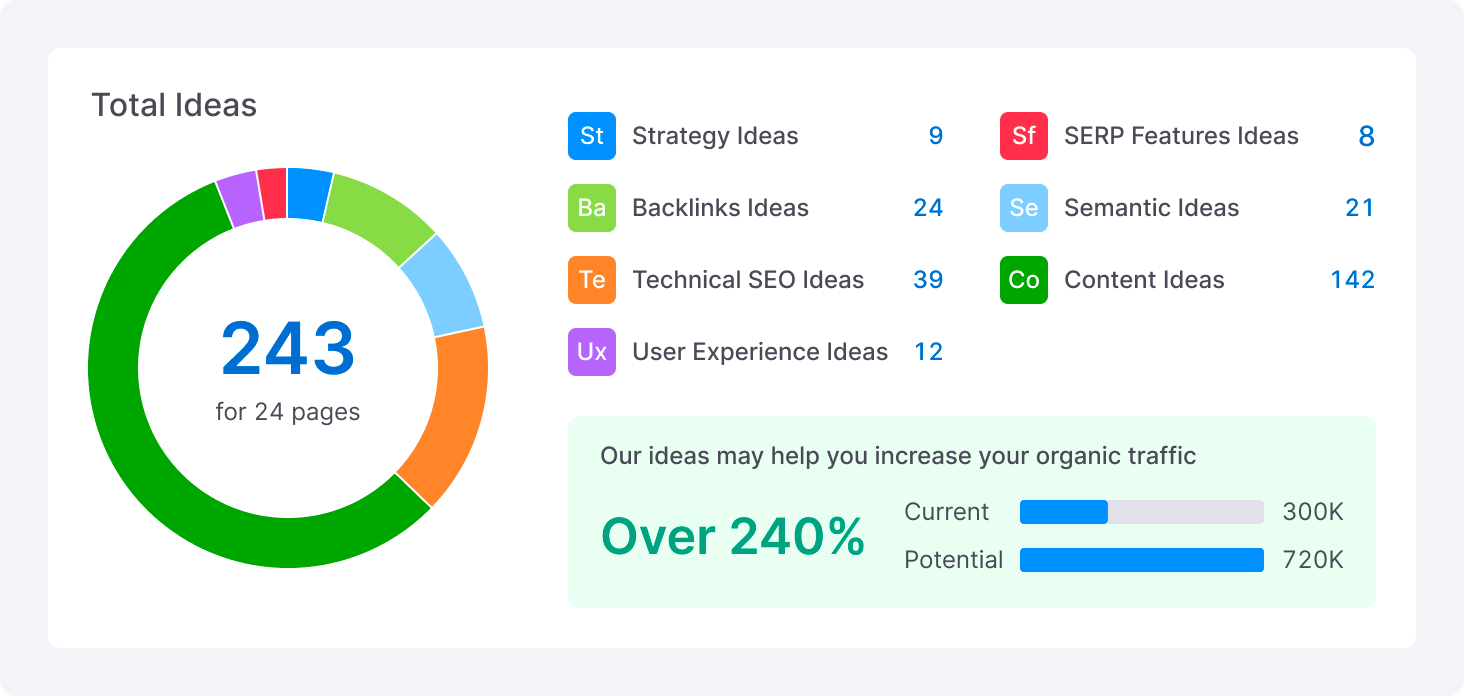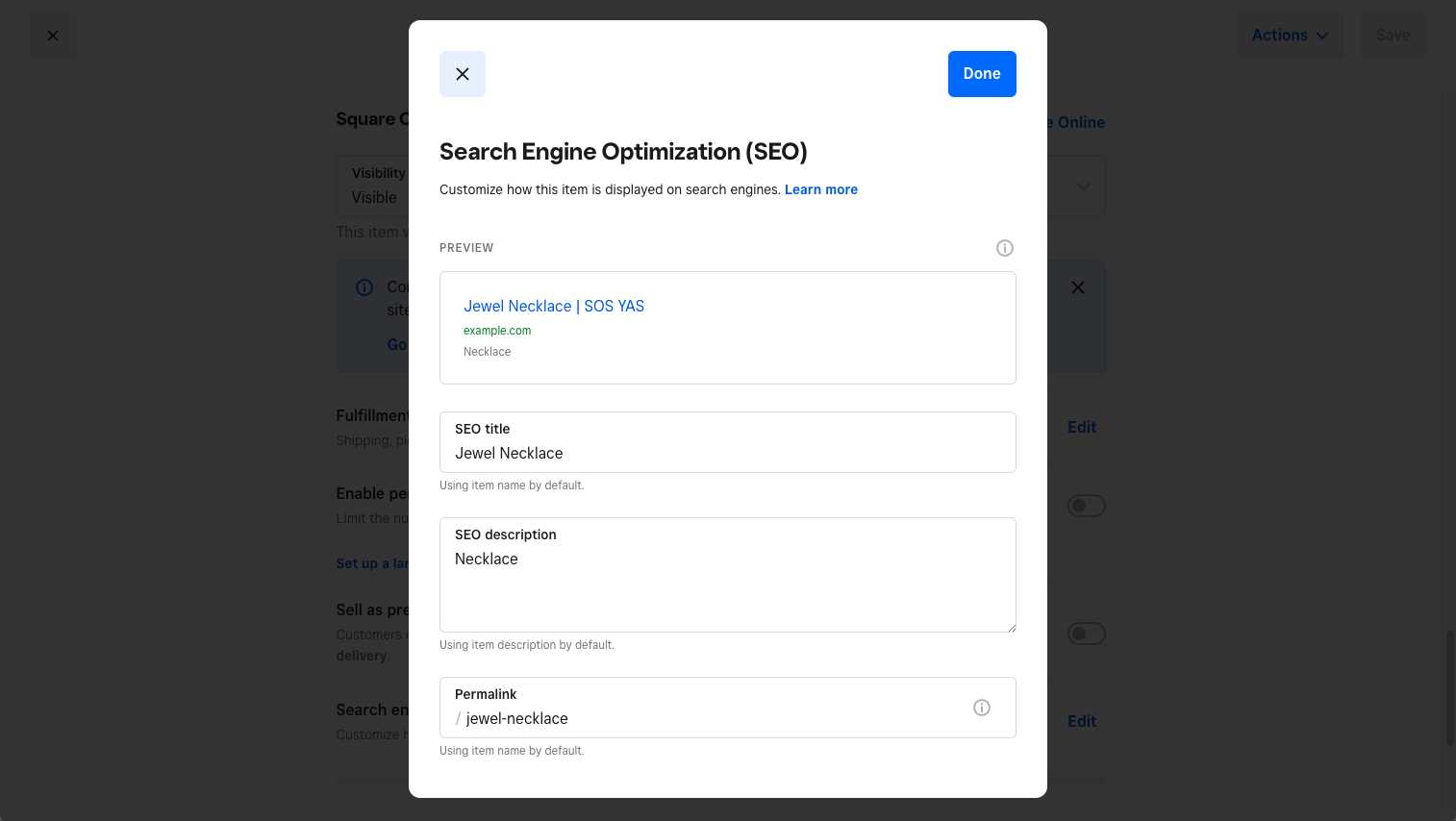Insights into What Is Not Considered a Default Medium in Google Analytics
Insights into What Is Not Considered a Default Medium in Google Analytics
Blog Article
Revealing the Unconventional Mediums in Google Analytics Beyond Default Settings
In the world of digital analytics, Google Analytics stands as a cornerstone for companies looking for to recognize their on-line visibility. By venturing beyond the surface area and diving into the ins and outs of social media information, e-mail project efficiency, recommendation traffic sources, straight traffic patterns, and customized channel groupings, a prize trove of details waits for those ready to embrace a more nuanced method.

Leveraging Social Media Site Insights
Sometimes forgotten, yet immensely beneficial, is the practice of leveraging social networks insights within the realm of Google Analytics. By integrating data from platforms like Facebook, Twitter, Instagram, and LinkedIn into Google Analytics, companies can obtain a much deeper understanding of their target market and the performance of their social media campaigns.
Through this assimilation, marketing professionals can assess and track customer behavior on their website that stems from social media sites systems. They can identify which social media sites channels are driving the most traffic, which material is reverberating with the target market, and which projects are converting one of the most leads. This insight permits data-driven choices to enhance social media sites techniques and improve overall marketing efficiency.
Additionally, by integrating social media understandings with Google Analytics, businesses can produce much more targeted and personalized projects - what is not considered a default medium in google analytics. They can make use of demographic information, passions, and online habits gathered from social networks to fine-tune their audience segmentation and provide customized messages that reverberate with details customer groups. This targeted method can cause higher interaction, raised conversions, and inevitably, enhanced roi
Revealing Email Campaign Efficiency
Discovering Email Campaign Performance entails evaluating essential metrics and efficiency indicators to assess the performance of email advertising and marketing efforts. When diving right into email project performance, it is important to assess metrics such as open prices, click-through rates, conversion prices, and unsubscribe rates. By examining these metrics, marketers can tweak their email projects for much better engagement and efficiency.
Studying Reference Traffic Sources
After evaluating the efficiency of e-mail projects via crucial metrics such as open prices and conversion rates, the following important action is evaluating reference website traffic sources in Google Analytics to understand where internet site visitors are coming from and exactly how they communicate with the site. Reference traffic sources refer to the sites that route users to your website with clickable links. By diving into this information, companies can acquire insights right into which exterior platforms are driving traffic to their site, whether it be social media systems, partner internet sites, or on-line directory sites.
Evaluating referral web traffic can give beneficial information on the effectiveness of outside advertising and marketing initiatives and partnerships. It helps services recognize high-performing reference sources that contribute dramatically to website traffic and conversions. Additionally, by recognizing the actions of site visitors originating from different recommendation sources, businesses can customize their marketing approaches to optimize engagement and conversions. Google Analytics uses in-depth reports on referral traffic, permitting organizations to track the efficiency of each reference source precisely and make data-driven decisions to boost their on the internet visibility.
Discovering Direct Traffic Patterns
Exploring the straight website traffic patterns in Google Analytics offers useful insights into customer habits and the performance of campaigns - what is not considered a default medium in google analytics. Straight website traffic refers to visitors that land on a site by directly typing the link right into their internet browser, utilizing book markings, or clicking on untagged web links. Comprehending direct web traffic patterns can help marketing experts examine the impact of offline marketing initiatives, brand acknowledgment, and the performance of word-of-mouth references
By diving right into straight website traffic data, services can uncover vital info concerning user intent and brand commitment. Examining the habits of straight site visitors, such as the pages they check Visit Website out, the time invested on site, and the conversion price, can offer a deeper understanding of user engagement and the general efficiency of the website in converting visitors into clients.
Moreover, tracking straight traffic patterns in time allows companies to identify patterns, seasonality results, and the success of details campaigns or promos in driving straight visits. This information can after that be made use of to improve advertising and marketing methods, enhance internet site web content, and boost the total individual experience to maximize conversions.
Making Use Of Customized Network Groupings
Using customized channel collections in Google Analytics allows companies to categorize and evaluate their website traffic based upon details standards, giving read important insights for optimizing marketing methods. Personalized network groupings allow companies to create their very own personalized groupings of website traffic resources, such as social networks, organic search, email projects, and recommendation website traffic. By defining these groups, organizations can obtain a much deeper understanding of how various advertising and marketing channels add to their website web traffic and conversions.
This attribute is specifically helpful for businesses with diverse advertising and marketing approaches throughout different systems. As an example, a company running both paid and natural social media sites campaigns can differentiate in between the 2 to assess their specific efficiency precisely. Additionally, custom network groups can aid identify any overlooked or underestimated web traffic sources that might be driving valuable involvement.
Verdict

By venturing past the surface area and diving right into the details of social media data, email project efficiency, recommendation traffic resources, straight traffic patterns, and personalized network groups, a prize chest of information awaits those eager to welcome a more nuanced method. They can recognize which social media channels are driving the most traffic, which material is resonating with the audience, and which projects Get the facts are converting the most leads.After reviewing the efficiency of e-mail campaigns via crucial metrics such as open rates and conversion rates, the next crucial step is assessing reference web traffic sources in Google Analytics to understand where web site site visitors are coming from and exactly how they engage with the website. Personalized network collections make it possible for firms to produce their very own tailored collections of web traffic sources, such as social media, natural search, e-mail projects, and referral traffic. By leveraging social media understandings, revealing e-mail campaign performance, analyzing reference traffic sources, discovering straight website traffic patterns, and using personalized channel collections, marketing professionals can gain valuable insights right into their on-line presence.
Report this page